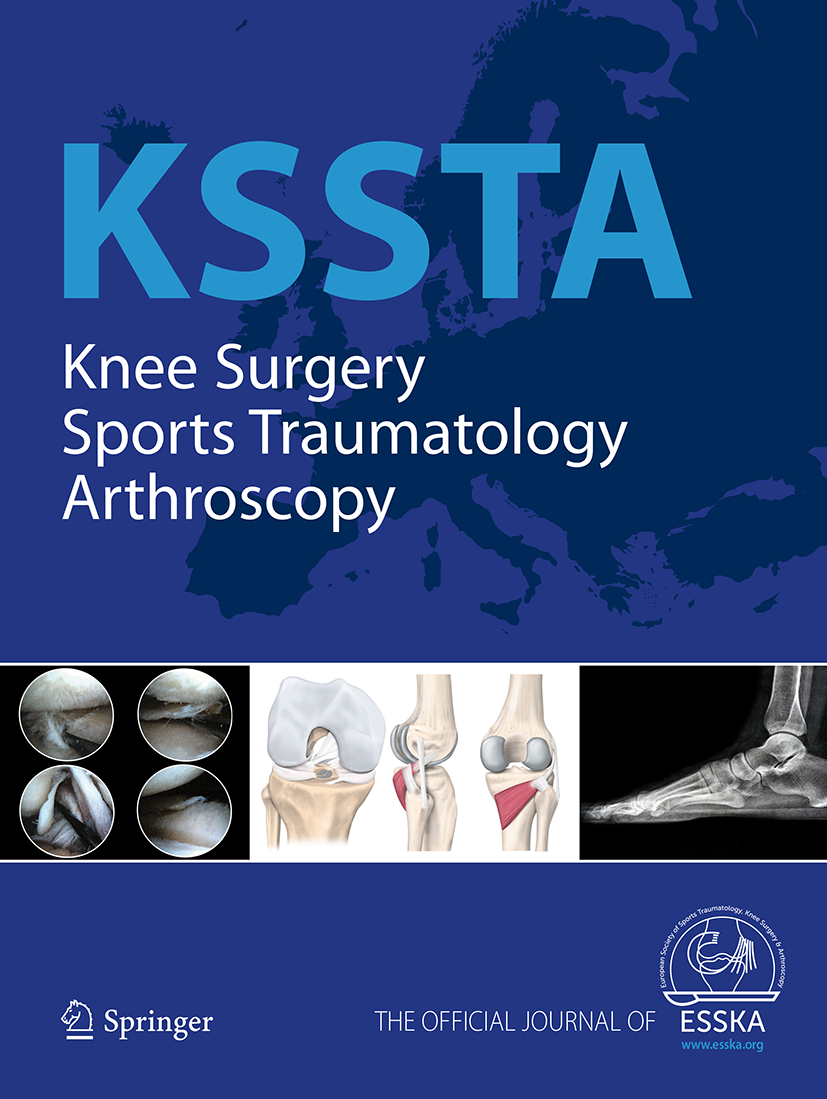
Blood loss similar in posterior-cruciate-ligament-retaining vs -stabilized TKA

Blood loss similar in posterior-cruciate-ligament-retaining vs -stabilized TKA
No difference in blood loss between posterior-cruciate-ligament-retaining and posterior-cruciate-ligament-stabilized total knee arthroplasties
Knee Surg Sports Traumatol Arthrosc. 2014 Aug;22(8):1865-9. doi: 10.1007/s00167-013-2818-z. Epub 2014 Jan 3.Did you know you're eligible to earn 0.5 CME credits for reading this report? Click Here
Synopsis
100 patients diagnosed with unilateral primary knee osteoarthritis were randomized to receive a posterior-cruciate-ligament-retaining (PCR) or a posterior-cruciate-ligament stabilized (PS) approach to primary cemented total knee arthroplasty. Blood loss and blood transfusion volumes were compared between treatment groups. Results revealed the PS approach did not influence the amount of postoperati...
To view the full content, login to your account,
or start your 30-day FREE Trial today.
FREE TRIAL
LOGIN
Forgot Password?
Explore some of our unlocked ACE Reports below!

Learn about our AI Driven
High Impact Search Feature
Our AI driven High Impact metric calculates the impact an article will have by considering both the publishing journal and the content of the article itself. Built using the latest advances in natural language processing, OE High Impact predicts an article’s future number of citations better than impact factor alone.
Continue



 LOGIN
LOGIN

Join the Conversation
Please Login or Join to leave comments.